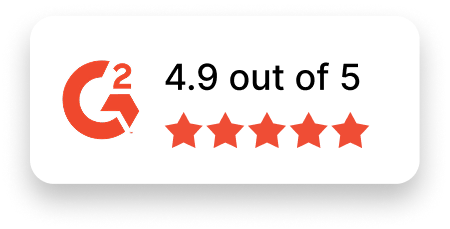Duties and Responsibilities:
- Design and implement XML data architectures and schemas to support application and data integration requirements.
- Develop and maintain XML data models, ensuring alignment with business needs and technical standards.
- Create and optimize XML-based solutions for data interchange, validation, and transformation.
- Collaborate with development teams to integrate XML data solutions with existing systems and databases.
- Monitor and ensure the quality, consistency, and integrity of XML data.
- Develop and maintain documentation for XML data architectures, schemas, and integration processes.
- Stay informed about advancements in XML technologies and data architecture best practices.
Requirements and Qualifications:
- Bachelor’s degree in Computer Science, Information Technology, or a related field.
- Proven experience in XML data architecture, including schema design and data modeling.
- Strong understanding of XML technologies, data interchange standards, and integration techniques.
- Experience with data architecture tools and XML-based solutions.
- Excellent analytical and problem-solving skills.
- Ability to work collaboratively with development teams and stakeholders.

